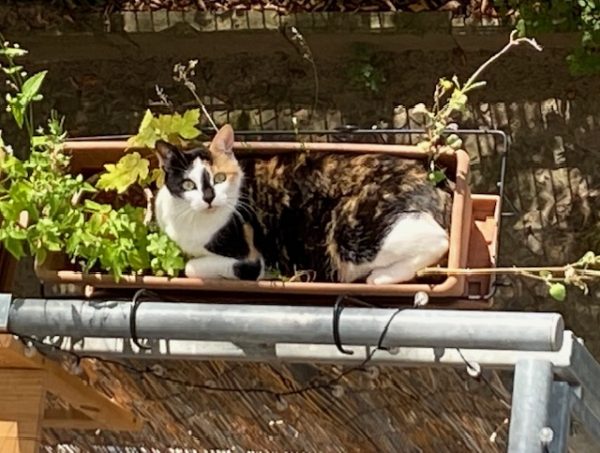The writing of Colette became prominent in France already after the publication of the “La chatte”, the Animals’ dialogues and the “Peace amongst the animals”. Cats and dogs were popular in literature long before “La bête est morte” and Orwell’s Animal farm appeared and became famous. “Toby-chien” and “Kiki-la-doucette” became forgotten, before they reappeared to get people to read more again rather than just watch “fail-collections” or cats and dog shorts on video platforms. Funny as well as sad or even terrible stories can be told through the metaphorical use of animals to represent humans. Maybe this old tradition, dating back to La Fontaine and his fables, is only the precursor of the AI creations of “animal-like” chatbots or companionship. The sociology of the virtual or sociology of the animal-human relationship will bear fruit in analyzing the identification and differentiation between them and us. Tell me what kind of animals you like and a social or psychological profile is likely to be influenced by this (or vice versa). Social media platforms have tons of data already on this for better or worse.








